Hydro-Quebec's 735,000 volt electric power transmission system was the first in the world to be designed, built and operated at an alternating-current voltage above 700 kV. This development extended the limits of long-distance transmission of electrical energy. On 29 November 1965 the first 735 kV line was inaugurated. Power was transmitted from the Manicouagan-Outardes hydro-electric generating complex to Montreal, a distance of 600 km.
Hydroelectric

Operating since 1972, Eel River, New Brunswick is home to the world's first commercial solid state High Voltage Direct Current converter station. This 320 MW interconnection facility, built by Canadian General Electric and NB Power, incorporates high current silicon solid state thyristors to convert alternating current from Hydro Quebec to direct current and back to alternating, allowing asynchronous, stable power transfers to serve New Brunswick's Power's customers.

The first electric power generated by the Theodore Roosevelt Dam for commercial use was transmitted over a high-voltage line to Phoenix, where it was employed to operate the city's new streetcar system.
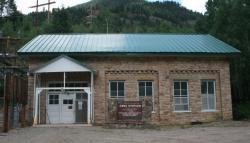
"Electricity produced here in the spring of 1891 was transmitted 2.6 miles over rugged and at times inaccessible terrain to provide power for operating the motor-driven mill at the Gold King Mine. This pioneering demonstration of the practical value of transmitting electrical power was a significant precedent in the United States for much larger plants at Niagara Falls (in 1895) and elsewhere. Electricity at Ames was generated at 3000 volts, 133 Hertz, single-phase AC, by a 100-hp Westinghouse alternator."

This run-of-the-river plant is a typical example of late nineteenth-century small-scale (750 kilowatt) low-head hydroelectric power technology. The Fries Manufacturing and Power Company began operating the Idol's Station on April 18, 1898, making it the first commercial hydroelectric plant in North Carolina involving long-distance power transmission, fourteen-miles distance at 10,000 volts. Idol's was an important power source for transportation, lighting, and industry in the Winston-Salem area.
Innovations
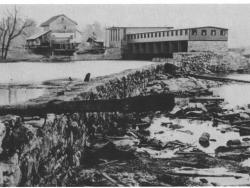
This run-of-the-river plant is a typical example of late nineteenth-century small-scale (750 kilowatt) low-head hydroelectric power technology. The Fries Manufacturing and Power Company began operating the Idol's Station on April 18, 1898, making it the first commercial hydroelectric plant in…
Read More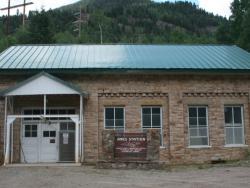
Read More"Electricity produced here in the spring of 1891 was transmitted 2.6 miles over rugged and at times inaccessible terrain to provide power for operating the motor-driven mill at the Gold King Mine. This pioneering demonstration of the practical value of transmitting electrical power…
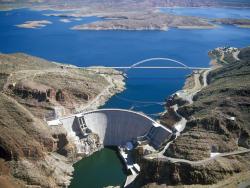
The first electric power generated by the Theodore Roosevelt Dam for commercial use was transmitted over a high-voltage line to Phoenix, where it was employed to operate the city's new streetcar system.
The Salt River Project, including the Theodore Roosevelt Dam, was the first major…
Read MoreOperating since 1972, Eel River, New Brunswick is home to the world's first commercial solid state High Voltage Direct Current converter station. This 320 MW interconnection facility, built by Canadian General Electric and NB Power, incorporates high current silicon solid state thyristors to…
Read More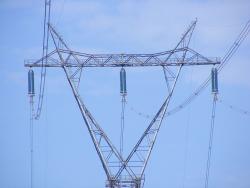
Hydro-Quebec's 735,000 volt electric power transmission system was the first in the world to be designed, built and operated at an alternating-current voltage above 700 kV. This development extended the limits of long-distance transmission of electrical energy. On 29 November 1965 the first 735…
Read More

